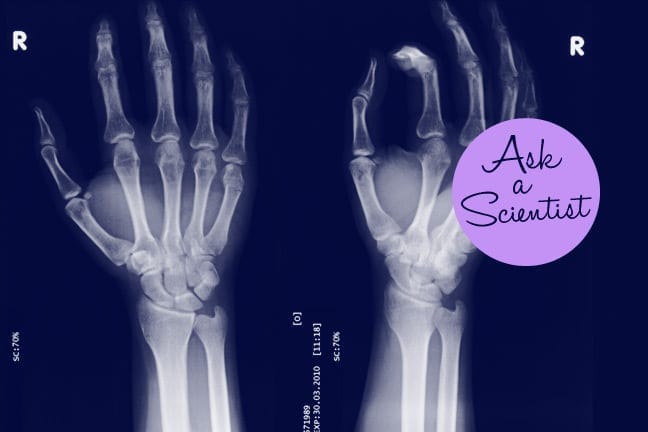The Scientist: Claudette Lajam, M.D., assistant professor of orthopedic surgery at NYU Langone Hospital for Joint Diseases and a spokesperson for the American Academy of Orthopaedic Surgeons
The Answer: In a word, yes, there really is such a thing as being big boned—but it’s not a medical term, and it’s not always used correctly.
First, the facts. Within the range of normal, some people’s bones have a bigger circumference than others’ relative to their respective heights. These people are, indeed, bigger boned. There’s a quick test to determine if you have a small, medium or large frame. All you have to do is measure your wrist. For women between 5’ 2” and 5’ 5”, a circumference of 6.25” to 6.5” is considered medium. Anything below that is small; above that is large. For shorter women, the medium range is 5.5” to 5.57”, and for taller women, it’s 6.25” to 6.5”. (A quick cheat: If you wrap the thumb and middle finger of one hand around the opposite wrist, do they overlap, just touch or not touch at all?)
What big boned means and what people mean by big boned may not be the same thing, however. Think Eric Cartman on South Park saying, “I’m not fat, I’m big boned!” People with larger bones are slightly larger for their heights, yes, but it’s the soft tissue atop and around those bones—muscle and fat—that make some people look more “big boned” than others. Obese patients who need knee or hip replacement surgery can weigh more than 350 pounds and have objectively big legs, but actually have very small bones. Nor is it an issue of bone density, which is a measurement of how much calcium and other minerals are packed into your bones, and has nothing to do with how big they are. But bone density is an important concern for women, who are more prone to osteoporosis and osteopenia, whether they’re big boned or not.
MORE:




































